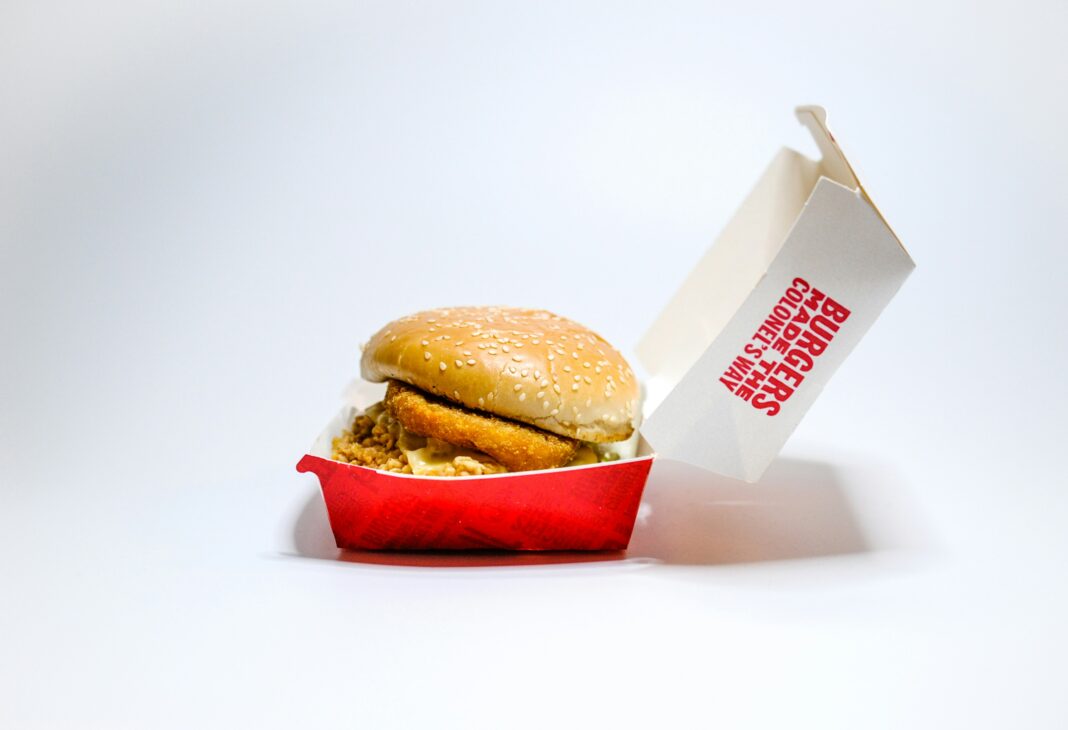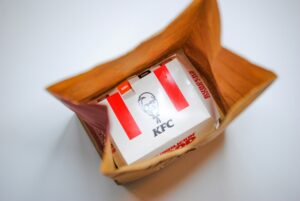When we walk down the grocery aisle, we are often drawn to brightly coloured packaging that promises of freshness and flavour. These food packaging colours aren’t just for aesthetics, they play a crucial role in shaping our choices, influencing our perceptions of taste, and can even affect how hungry we feel.
From the vibrant reds of ketchup bottles to the calming greens on organic products, colours can trigger psychological responses that subtly guide our purchasing decisions.
Food Packaging Designs Shape Our Choices
Colour is vital when it comes to how humans perceive the world around them. Different colours are associated with various emotions, themes, and aesthetics. In today’s society, we associate specific colours with certain ideas and concepts.
For example, shades of green (and other cool tones) are used tremendously by food packaging companies when attempting to advertise a product as healthy, organic, and fresh. Customers are drawn in by images of lush grassy fields and bright green leaves radiating health.
Food companies use warmer colours to advertise the deliciousness of their product. Sweet items and tasty snacks alike feature warm tones like orange, brown, and yellow. They promote indulgence and give the product a more “friendly” feel.
In some instances, the colour red can instill hunger in individuals. Fast food companies use red to create a sense of urgency and stimulate appetite.
Research suggests that the colour of the food packaging can impact the way the consumer perceives the taste of the item. How you present the food plays a big role in how it tastes!
Food with an appetizing appearance is what draws humans in. These dishes wield a variety of colours and textures to appeal to consumers.




Very well said, and that’s true. Beware of those colors like RED,YELLOW,BULE on your food labels too.
Thank you for your comment! Will do
Beautifully written! A most intriguing topic, I learned a lot. Thank you so much
Comments are closed.